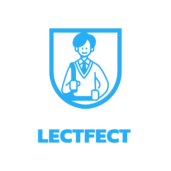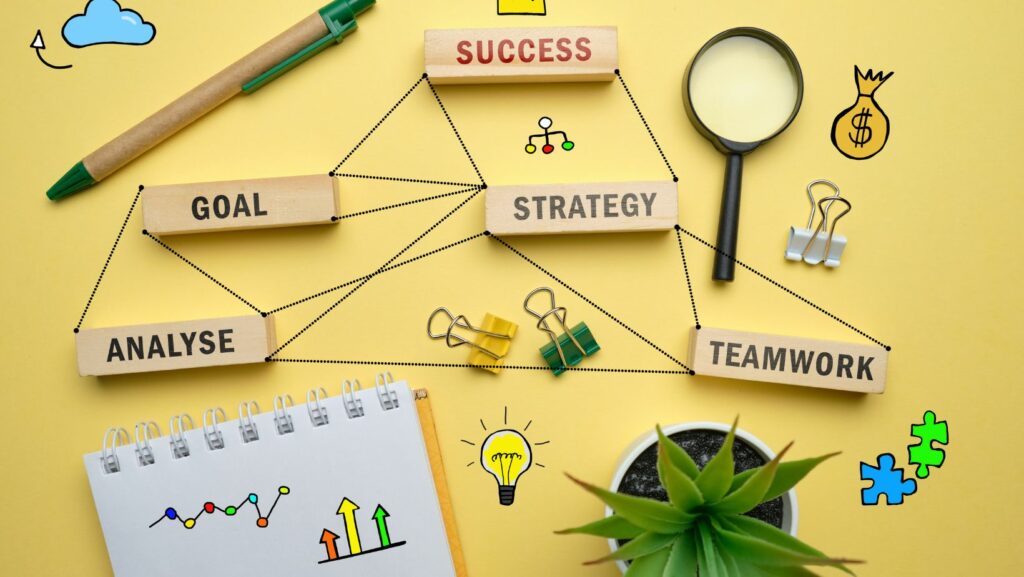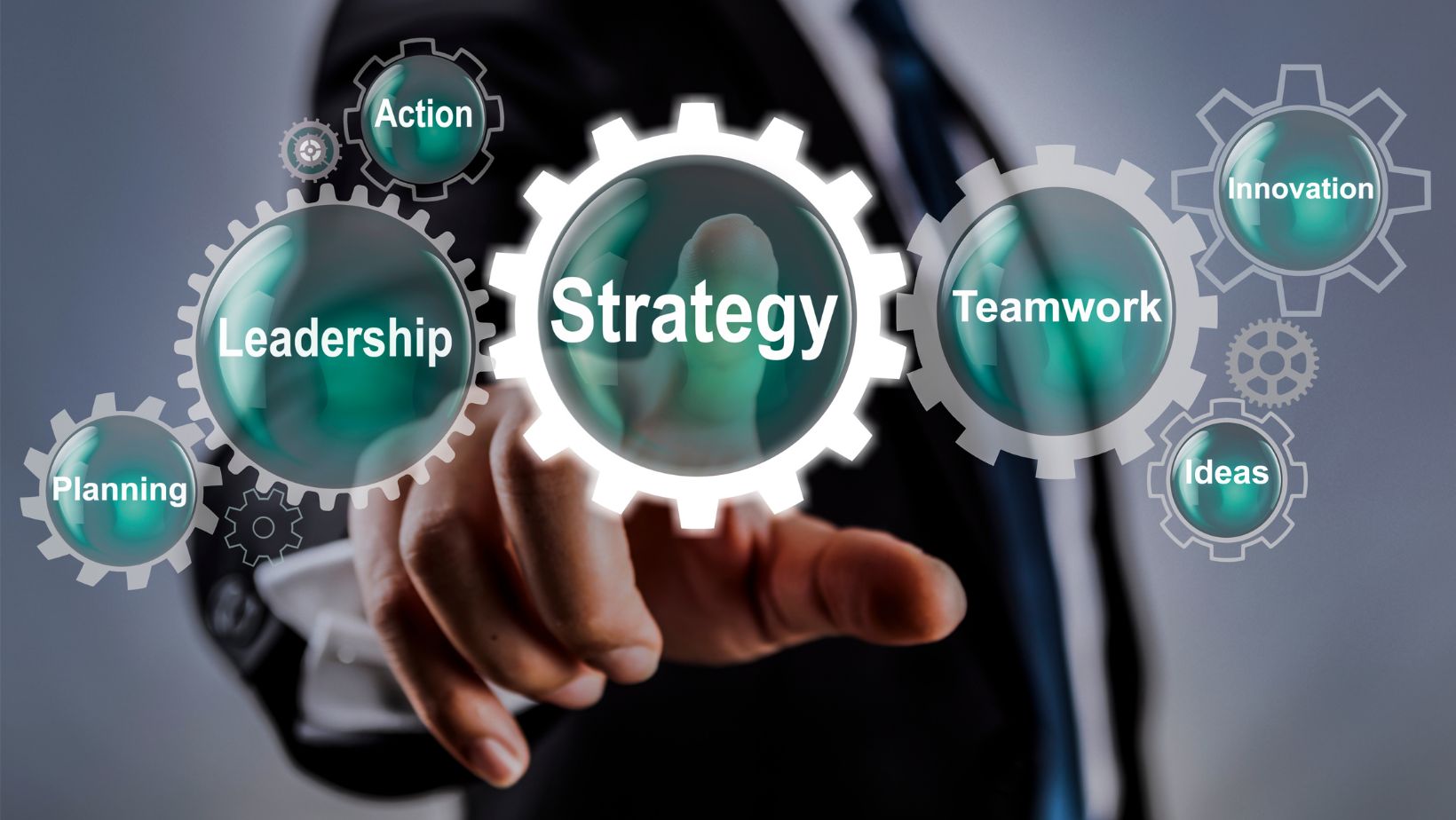
Are you someone who learns best through hands-on experiences and physical activities? If so, kinesthetic strategies might be the key to unlocking your full learning potential. These strategies cater to individuals who thrive in a dynamic and interactive learning environment, where movement and touch play a crucial role in understanding and retaining information.In the realm of education and training, kinesthetic strategies offer a refreshing approach that goes beyond traditional methods. By incorporating activities that engage the body and mind, learners can enhance their comprehension, memory retention, and overall academic performance.
Kinesthetic Learning Strategies
Kinesthetic learning is a learning style where individuals learn best through physical activities and hands-on experiences. These learners thrive in environments where they can actively engage in tasks that involve movement, touch, and exploration. By using their bodies to interact with information, kinesthetic learners can better understand and retain knowledge.
Benefits of Kinesthetic Learning Techniques
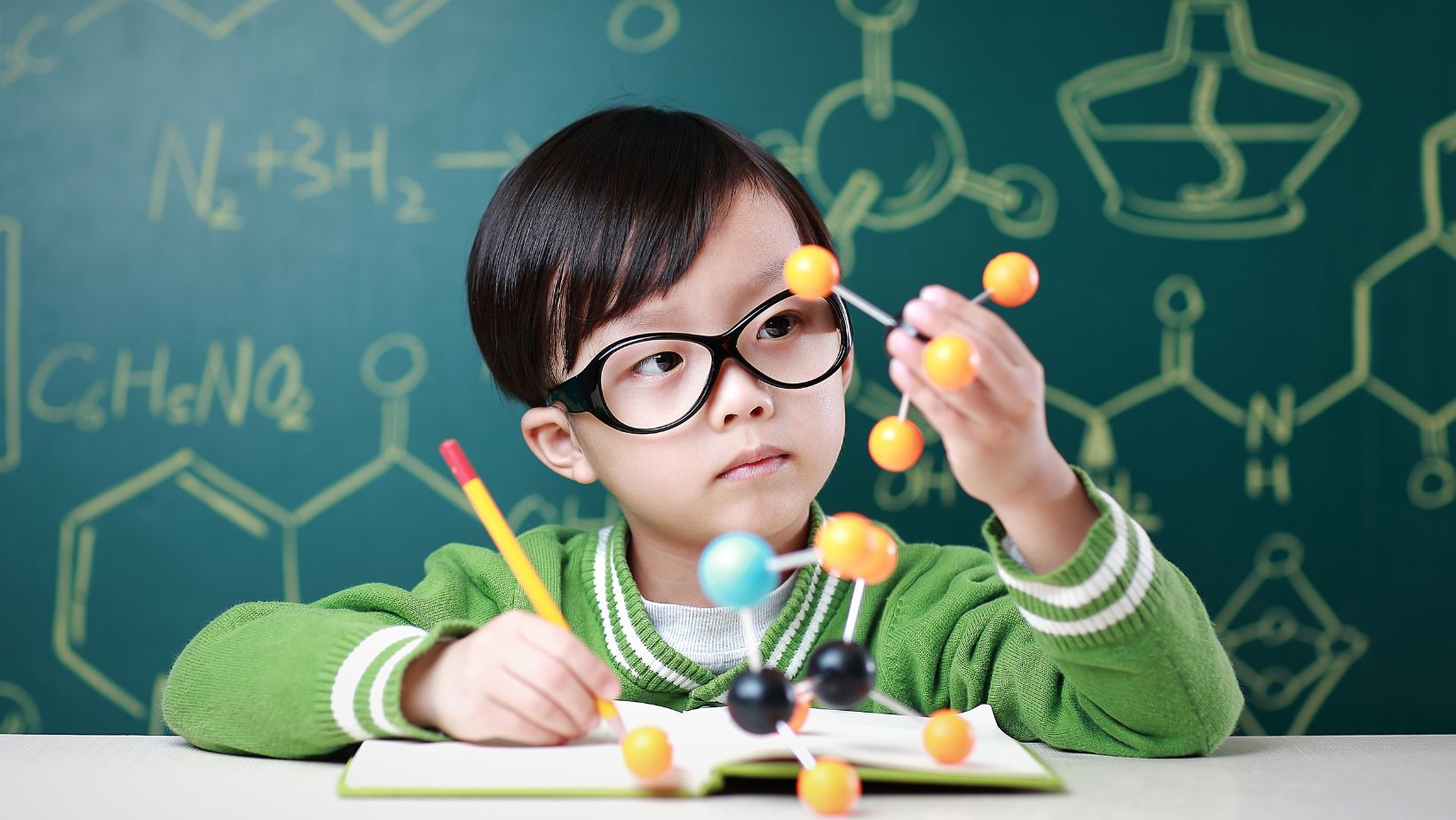
Kinesthetic learning techniques offer several advantages for individuals with this learning style. Here are some key benefits:
- Enhanced Engagement: By incorporating physical activities into learning, kinesthetic learners stay engaged and focused on the material.
- Improved Memory Retention: The hands-on approach helps reinforce learning through muscle memory, leading to better retention of information.
- Better Conceptual Understanding: Through physical experiences, kinesthetic learners can grasp complex concepts by connecting abstract ideas to tangible actions.
- Increased Motivation: The interactive nature of kinesthetic learning motivates individuals to participate actively in the learning process.
- Enhance Academic Performance: By catering to their preferred learning style, kinesthetic learners can boost their academic performance and overall learning outcomes.
Incorporating kinesthetic strategies can create a more dynamic and effective learning environment for individuals who excel in hands-on experiences.
Kinesthetic Tools and Resources
Recommended Educational Tools
- Kinesthetic Sand Tray: A textured surface where learners can write, draw, or manipulate objects to engage in hands-on learning.
- Tactile Letter Cards: Physical letters that students can touch and arrange to improve spelling and language skills.
- Body Movement Dice: Dice with various movements like jumping, spinning, or stretching to incorporate physical activity into learning.
- Interactive Whiteboards: Technology allowing students to interact physically with the screen, promoting active participation in lessons.
- Balance Balls or Wobble Cushions: Seating options that encourage movement and enhance focus while studying.
- Squiggle Wiggle Pens: Vibrating pens that engage fine motor skills and boost creativity during writing tasks.
- TheraBand Resistance Bands: Tools to provide resistance during movements, aiding in concentration and active learning.
Challenges and Solutions in Kinesthetic Learning
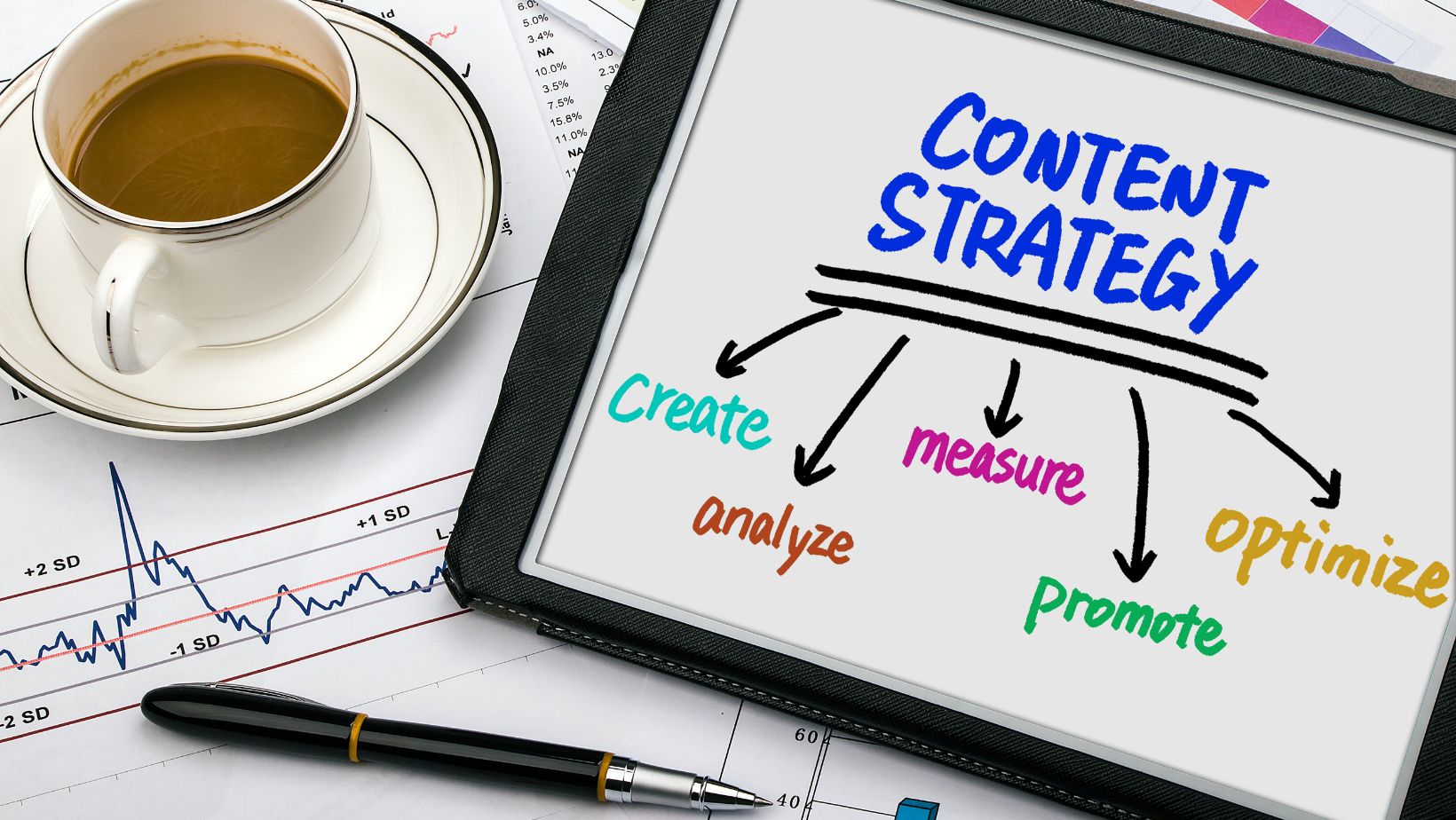
Implementing kinesthetic strategies presents challenges, but with the right tools and resources, educators can overcome them effectively. By incorporating techniques like role-playing and interactive games, students can actively engage in the learning process. Kinesthetic tools such as the Kinesthetic Sand Tray and Body Movement Dice provide hands-on experiences that enhance comprehension. Online platforms like GoNoodle and Kinems offer additional support for educators looking to integrate kinesthetic learning into their lessons. With these solutions, educators can create dynamic learning environments that cater to diverse learning styles, promoting academic success through physical engagement.
Techniques for Elementary Schools
- Incorporating Movement Breaks:
- Elementary school teachers can integrate short movement breaks into their lessons to cater to kinesthetic learners. These breaks can involve activities such as stretching, dancing, or even simple yoga poses. By allowing students to move around, educators can promote active learning and enhance focus.
- Hands-On Learning Stations:
- Setting up hands-on learning stations in the classroom can provide opportunities for students to engage in tactile experiences. These stations can include sensory bins, building blocks, or art corners. By inviting children to explore and manipulate objects, educators can stimulate their kinesthetic senses and enhance learning.
Encouraging high school students to incorporate kinesthetic study techniques, such as using flashcards for active learning, acting out historical events, or conducting physical experiments, can enhance their understanding and retention of information. By engaging in physical activities related to their studies, students can strengthen their academic performance.
